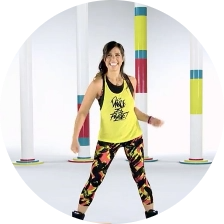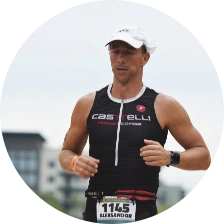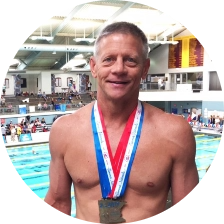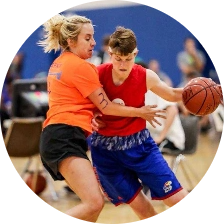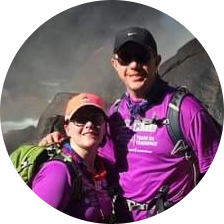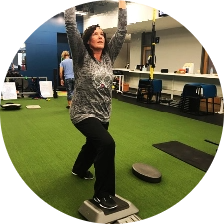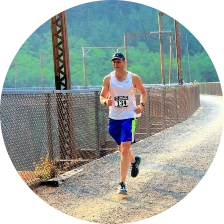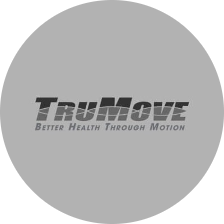Services
Treatment for Stenosis

Spinal stenosis is a condition characterized by the narrowing of the spaces in the spinal canal, which in turn pinches and compresses the spinal cord and nerve roots exiting each vertebra.
People with spinal stenosis may experience back pain, sciatica, and other nerve-related issues. Immediate stenosis therapy is recommended to prevent symptom progression and preserve the health of the spine.
What Causes Stenosis?
The causes of spinal stenosis include:
- Thickened ligaments: Ligaments thicken and may become stiff over time, causing them to bulge into the spinal canal.
- Spinal fractures and injuries: Dislocated or broken bones can narrow the canal space and press on the spinal nerves.
- Bulging disks: Vertebral disks dry out as one ages. When cracks appear on their exterior, the gel-like center of these disks may leak out and put pressure on spinal nerve roots.
- Bone overgrowth or arthritic spurs: Damage caused by osteoarthritis on the vertebral column can trigger bone spurs, which can extend into the spinal canal and compress the nerves.
Symptoms of Stenosis
In the neck:
- Weakness in the hand, arm, foot, or leg
- Numbness or a tingling sensation in the hand, arm, foot, or leg
- Neck pain
- Difficulties in balancing and walking
- Bowel or bladder dysfunction
In the lower back (lumbar spine):
- Weakness in a leg
- Weakness in a foot
- Pain or cramps in one or both legs when standing for prolonged periods
- Numbness or a tingling sensation in a foot or leg
- Back pain
GET RELIEF TODAY!:
Don’t let crippling knee, back, leg or arm pain stop you from living your life! If you are suffering or have been misdiagnosed with stenosis it’s time to learn what’s causing your pain and how you can get lasting relief NOW!
Diagnosing Spinal Stenosis
To diagnose spinal stenosis, your doctor will ask you about your medical history and conduct a physical examination. Imaging tests such as X-rays, CT scans, and MRI may also be performed.
Traditional Treatments
Doctors may recommend the following solutions for people suffering from spinal stenosis.
- Medications – Your doctor may prescribe medication such as pain relievers, antidepressants, opioids, and anti-seizure drugs to minimize symptoms.
- Injections – Steroid medication such as corticosteroid are administered into the infected area to help relieve stenosis pain and inflammation.
- Decompression procedure– Needle-like instruments are used to eliminate some of the thickened ligament behind the spinal column. This helps address nerve root impingement and increase spinal canal space.
TruMove
Traditional treatments don’t work for everyone and are only effective 45% of the time. They also carry potential risks and side-effects. For instance, repeated steroid injections can damage surrounding bones and connective tissues.
At TruMove, we provide safe and noninvasive treatment options designed to pinpoint and address the root cause of pain.
Full-body Movement Assessment
Successful healing begins with discovering the root cause of the patient’s pain. In most cases, pain in one area is only a symptom of a larger issue. In a full-body movement assessment, the source of the problem is identified by examining the movement of nearby or connected parts. This allows movement to be restored and the body to complete the healing process.
Hands-on Manual Therapy
The Superior Method employs the help of a trained therapist certified in functional manual reaction. The therapist uses their hands to facilitate proper motion, improving areas of restriction. This is similar to deep tissue massage, but it incorporates movement.
Prescriptive Home Exercise Program
The Superior Method aims to educate patients on how the body moves to safely ease pain and restore function. With our smartphone app called Movement RX, we empower patients with the knowledge and tools needed to attain long-term physical freedom. All of the instructions provided by your physician will also be video-recorded and sent directly to your email or mobile device.
Applied Functional Science
This principles-based method is designed to improve how the mind, body, and spirit work together to facilitate complete healing. All Superior Physical Therapy providers are Fellows of Applied Functional Science through the Gray Institute. This organization is led by the reputable physical therapist, Dr. Gary Gray.
Deep Muscle Stimulation
Mechanical vibrations that penetrate deep into the muscle tissue enable tissue regeneration and improve the lactic cycle, which is one of the most common causes of pain. The procedure also helps boost circulation and lymphatic flow to alleviate pain.
Dry Needling
A fast, safe, and virtually pain-free method to reduce pain and address musculoskeletal presentations. In dry needling, trigger points or local contractures are stimulated by monofilament needles.
McKenzie Therapy
The McKenzie Method® of Mechanical Diagnosis and Therapy® (MDT) is a distinguished and internationally researched method of diagnosis and treatment for spinal and extremity musculoskeletal conditions. Created by New Zealand Physiotherapist Robin McKenzie, this system has been used globally for over 60 years. MDT-certified clinicians assess and treat all types of musculoskeletal disorders including complications in the spine, muscles, tendons, and extremity joints.




